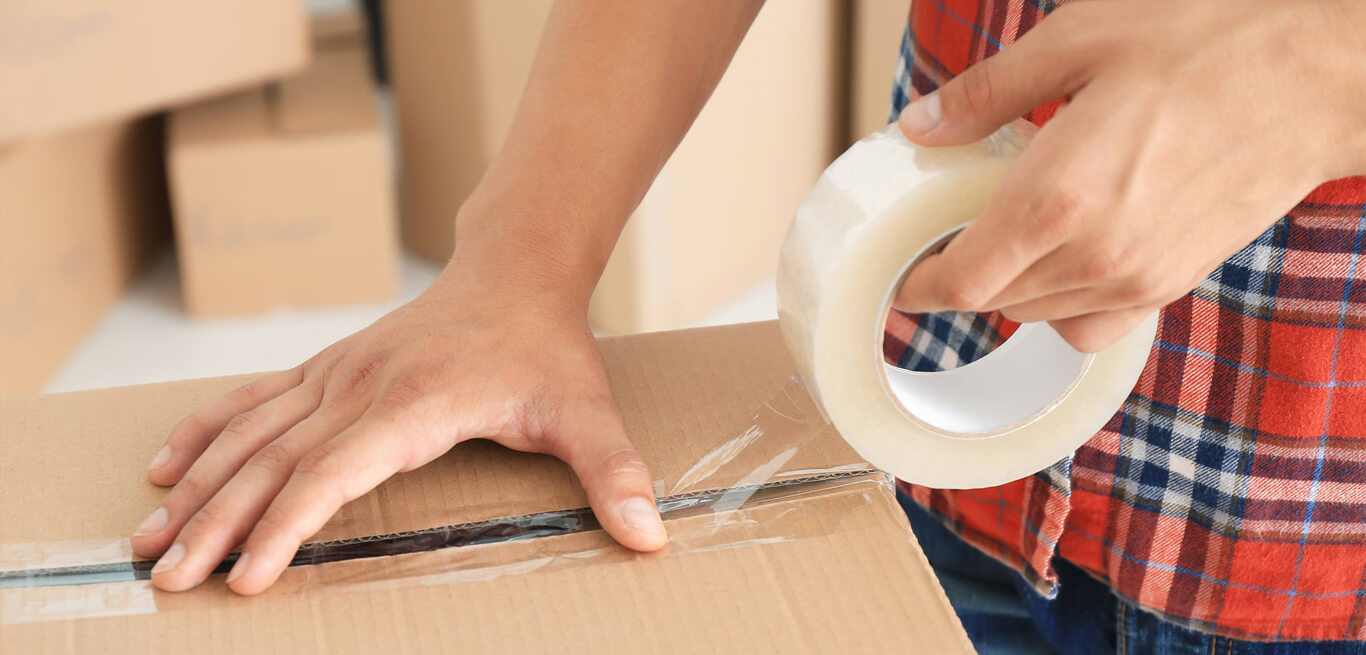There are numerous options to choose from when it comes to providing padding and surface protection for items. You can go with air pillows, which can absorb a lot of impact. There is also foam air fill, which provides cushioning and is also effective in packing oddly shaped items. Even the humble newsprint can be folded or crumpled and it will be able to provide effective protection for items.
But among protective materials, the most popular is bubble wrap. Aside from its durability and elasticity, bubble wrap can also come in different types, with each kind ideal for use in certain cases. To help you, below is a list of some of the types of bubble wrap that are commonly used today.
Different types of bubble wrap
1. Standard bubble wrap
This popular packing supply provides great protection for items, especially those that are highly fragile and have sensitive surfaces. An economical way to protect items, bubble wrap is available in various sizes to accommodate different items; most can be bought in rolls, but there are some that are available as small bags. A lot of these are also manufactured using high-quality plastic, making them reusable.
2. Foam-backed bubble wrap
This type of bubble wrap is better than the standard bubble wrap in that the added foam layer provides extra surface protection for items without consuming too much space. The foam can also absorb light impact, making it ideal for use when wrapping items that will constantly move about during transit. This type of bubble wrap is extensively used in protecting items with a sensitive finish, such as those with high gloss paint or stone paint.
3. Self-adhesive bubble wrap
The self-adhesive bubble wrap is an economical alternative to using standard bubble wrap and double-sided tape. The adhesive, which allows the film to remain intact, makes this type of bubble wrap perfect for items with sensitive surfaces such as glass, flat screen TVs and furniture. Additionally, unlike with double-sided tape which is hard to remove, the adhesive that come with this bubble wrap can be easily removed.
4. Anti-static bubble wrap
One of the common issues with using standard bubble wrap is that it allows static to easily build up. This won’t be a concern for items that do not have electrical components in them. However, for items that are vulnerable to damage by electrostatic discharge (ESD), such as smartphones, laptops and other electronic gadgets, using anti-static bubble wrap protects these items from ESD damage.
5. Environment-friendly bubble wrap
The environment-friendly bubble wrap provides the same protection as the standard bubble wrap. The only difference is that around 40 percent of Enviro bubble wrap is made of recycled plastic. Many variants of this type of bubble wrap are also oxo-degradable, reducing their negative environment impact over time.

